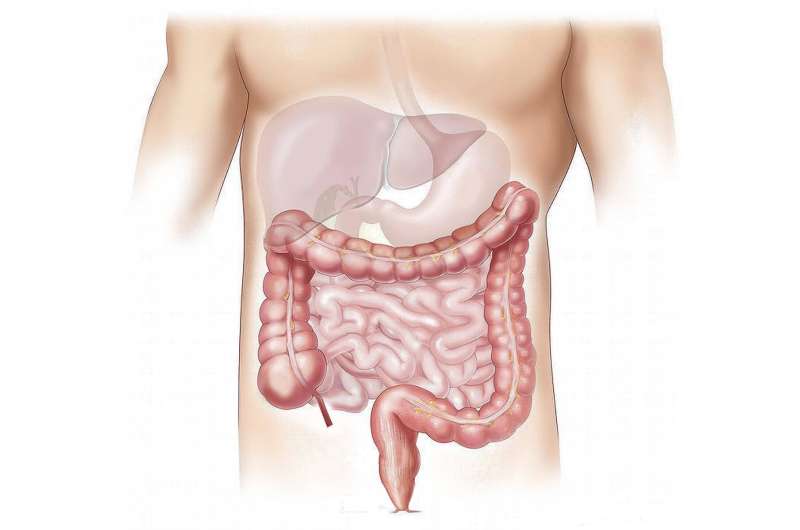Eligible younger US adults less likely to meet colorectal cancer screening guidelines; face greater disparities

Younger adults living in the U.S. are less likely to be screened for colorectal cancer than older U.S. adults, despite now being eligible under new screening guidelines, and face greater disparities than older U.S. adults who are eligible for screening, according to research from UTHealth Houston.
A study led by Caitlin Murphy, Ph.D., MPH, an associate professor of health promotion and behavioral sciences at UTHealth School of Public Health, showed that in 2018, U.S. adults aged 50–54 were 30.4% less likely to be screened for colorectal cancer in accordance with guidelines than U.S. adults aged 70–75. Younger U.S. adults also faced higher screening disparities based on race, ethnicity, household income, educational attainment, and insurance coverage. The results of the study were published today in Cancer Epidemiology, Biomarkers & Prevention.
Murphy’s findings come one year after the U.S. Preventive Services Task Force updated its guidelines for colorectal cancer screening, lowering the recommended age of first screening from 50 to 45 for adults at average risk of the disease.
“We wanted to be able to anticipate what to expect in terms of screening disparities among that younger age group of 45- to 49-year-olds based on what we’re seeing in the previous youngest age group of 50- to 54-year-olds,” Murphy said. “Just because the recommended age has been lowered doesn’t mean more people will be getting screened for colorectal cancer.”
Her team used data from the National Health Interview Survey, a comprehensive annual health survey administered by the U.S. Centers for Disease Control and Prevention. Colorectal cancer screening participation was assessed among 80,000 U.S. adults aged 50–75 with no history of colorectal cancer during eight discontinuous years between 2000 and 2018.
Their analysis found that screening participation increased over time, but the increase was smallest among individuals aged 50–54—a change from 28.2% in the year 2000 to 47.6% in the year 2018. In contrast, screening for individuals aged 70-75 years rose from 46.4% in the year 2000 to 78.0% in the year 2018.
In 2018, larger screening disparities were observed by race and ethnicity, education level, household income, and health insurance coverage among individuals aged 50–54 compared to individuals age 70–75. Notable disparities included:
- For Hispanic individuals, screening was 15.5% lower than for non-Hispanic white individuals aged 50–54, but the difference was 0.3% for those age 70–75.
- For Asian individuals, screening was 17.7% lower than for non-Hispanic white individuals age 50–54 but 9.4% lower for those aged 70–75.
- For individuals with less than a high school diploma, screening was 24% lower than for individuals with a bachelor’s degree or higher in the 50–54 age group, but 13.9% lower for those aged 70–75.
- For uninsured individuals, screening was 43.4% lower than for individuals receiving military insurance at ages 50–54, but just 1.2% lower for those aged 70–75.
While additional research is needed to determine the barriers that may be experienced by individuals aged 45–49, Murphy said these disparities may worsen among the lower age group and called for efforts to increase screening for these individuals.
Source: Read Full Article
